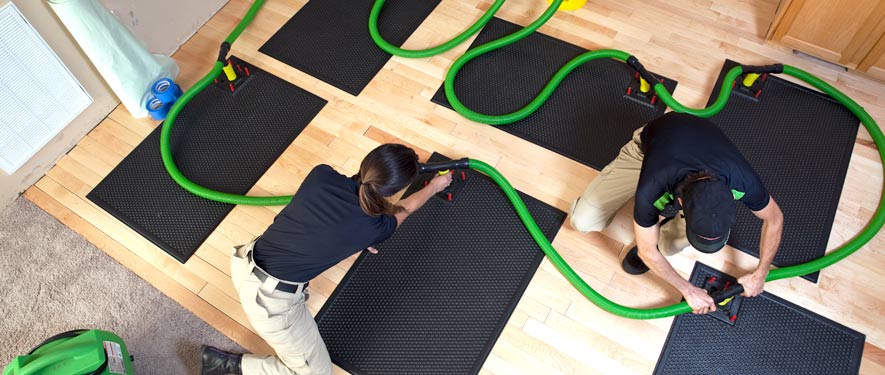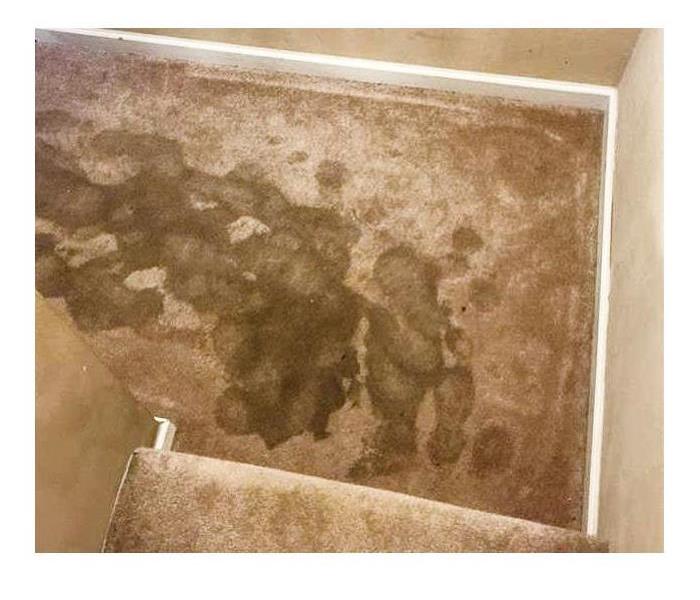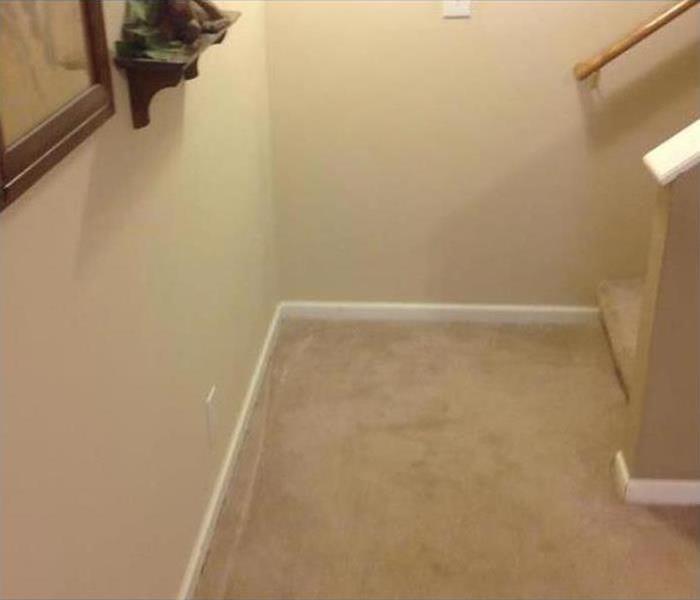
Step 4: Drying and Dehumidification
Our Water Damage Restoration Process
Once the excess water has been removed, the floors and walls may appear dry, but a quick inspection will reveal they are wet to the touch. Nearly all building materials, like wood, drywall, and flooring materials, are porous and therefore retain water. This retained water can cause the materials to break down, warp, or cause mold damage.
Flood water, vandalism, and natural disasters work around the clock, and so do we. No matter the time or season give us a call for all your building services needs.
Have Questions or Need Assistance?
Call SERVPRO of Gulf Beaches South / West St. Petersburg at (727) 341-1001
Open 24/7!
Drying / Dehumidification
Our Professionals will use room measurements, temperature, and relative humidity to determine the optimal number of air movers and dehumidifiers to dry your home or business. We’ll carefully monitor the progress using moisture meters until the materials return to acceptable drying goals.
- Use Dehumidification Equipment
- Use Monitoring Equipment to Track Progress
Monitor Floor and Walls
We check the moisture levels to monitor the drying process.
- Monitor Floors
- Monitor Walls
Drying Equipment
- Industrial-grade dehumidifiers help prevent secondary water damage like swelling and warping of floors, walls, and furniture.
- High-speed air movers create airflow across walls, carpets, pads, and furniture, which accelerates the evaporation of moisture.





 24/7 Emergency Service
24/7 Emergency Service




